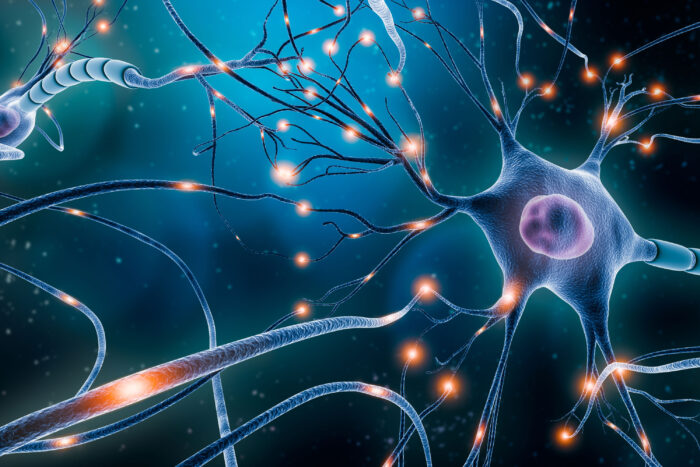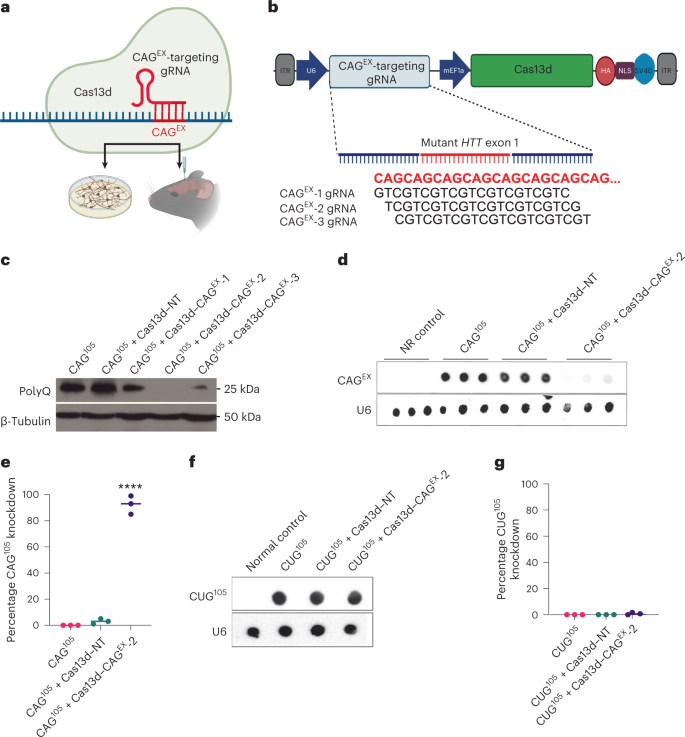がん治療の成功例を自己免疫疾患に拡大 Successful cancer treatment approach extended to autoimmune disease
2022-12-05 ワシントン大学セントルイス

Researchers at Washington University School of Medicine in St. Louis have shown that the cancer therapy known as CAR-T can be applied to multiple sclerosis (MS), an autoimmune disease of the nervous system. The findings extend the powerful tool of immunotherapy to autoimmune diseases, a class of diseases that are often debilitating and difficult to treat. (Image: Getty Images)
セントルイスのワシントン大学医学部の研究者らは、多発性硬化症(MS)に似た自己免疫疾患のマウスを研究し、同じアプローチで自己免疫の原因となる不要な細胞を排除できることを明らかにした。この研究成果は、Science Immunology誌のオンライン版に掲載されており、免疫療法という強力な手段を、衰弱しがちで治療が困難な疾患群に拡大するものです。
「我々は、CAR-T細胞を使って、ウイルスやその他の感染から身を守るために必要な他の免疫細胞ではなく、自己免疫の原因となる免疫細胞だけを除去することができました」と、共同研究者のChyi-Song Hsieh医学博士、Alan A. and Edith L. Wolff Professor of Rheumatology医学博士、病理・免疫学博士は語っています。”我々のCAR-T細胞は、MSのような疾患を持つマウスの治療に非常に効果的でした。”
CAR-T療法では、医師が患者自身のT細胞を採取し、特定のがんを認識して強力に攻撃するように改変した後、体内に戻し、探索と破壊の任務を遂行させるのである。研究者らは、このアプローチにヒントを得て、MSの原因となる不正なT細胞を探し出し、破壊するCAR-T細胞の作製に着手した。CAR-T細胞は、警察の内部監査室のような役割を果たし、T細胞防衛部隊の悪いリンゴを根絶やしにする一方で、体を守る良いT細胞は残しておくというものでした。
謝と呉の他に、研究チームには、共著者の医学部助教授ネイサン・シン、医学博士、病理学・免疫学准教授江川武士が含まれています。
まず、研究チームは餌を作った。研究チームは、ミエリンに含まれるタンパク質の断片と、T細胞を活性化するタンパク質を組み合わせて分子を設計した。このハイブリッド分子には、ミエリンを標的とするT細胞、いわば悪玉リンゴだけが反応する。次に、この餌分子をキラーT細胞と呼ばれるT細胞の一種に搭載した。餌に反応した悪玉T細胞は、キラーT細胞によって排除される。
研究チームは、この方法が有効かどうかを確認するため、MSに似た症状を持つマウスに注目した。このマウスにCAR-T細胞を投与したところ、まだ問題が生じていないマウスでは病気を予防でき、すでに神経学的な影響が現れているマウスでは病気の兆候を抑えることができた。
<関連情報>
- https://source.wustl.edu/2022/12/immunotherapy-eliminates-disease-causing-cells-in-mice-with-ms-like-disease/
- https://medicine.wustl.edu/news/successful-cancer-treatment-approach-extended-to-autoimmune-disease/
- https://www.science.org/doi/10.1126/sciimmunol.abo0777
CAR T細胞による抗原特異的CD4+ T細胞枯渇は、自己免疫における高親和性TCRと低親和性TCRの異なる役割を明らかにする Antigen-specific depletion of CD4+ T cells by CAR T cells reveals distinct roles of higher- and lower-affinity TCRs during autoimmunity
Jaeu Yi,Aidan T. Miller,Angela S. Archambault,Andrew J. Jones,Tara R. Bradstreet,Sravanthi Bandla,Yu-Sung Hsu,Brian T. Edelson,You W. Zhou,Daved H. Fremont,Takeshi Egawa,Nathan Singh,Gregory F. Wu,Chyi-Song Hsieh
Science Immunology Published:7 Oct 2022
DOI: 10.1126/sciimmunol.abo0777
Engineering CAR T cells to target autoimmunity
Autoimmune diseases including multiple sclerosis (MS) are driven by pathogenic CD4+ T cells that recognize self-antigens. Yi et al. engineered chimeric antigen receptor (CAR) T cells to recognize and kill self-reactive T cells by introducing a peptide-MHCII (pMHCII) domain. Their original pMHCII-CAR design efficiently deleted T cells bearing a higher-affinity T cell receptor, whereas further modifications to enhance pMHCII stability and in vivo survival enabled simultaneous targeting of lower-affinity T cells. In a mouse experimental autoimmune encephalomyelitis model of MS-like disease, deletion of higher-affinity T cells was sufficient to prevent disease onset, whereas targeting lower-affinity T cells was necessary to reverse ongoing disease. These findings highlight strategies for designing CAR T cells to target distinct stages of autoimmune disease.
Abstract
Both higher- and lower-affinity self-reactive CD4+ T cells are expanded in autoimmunity; however, their individual contribution to disease remains unclear. We addressed this question using peptide-MHCII chimeric antigen receptor (pMHCII-CAR) T cells to specifically deplete peptide-reactive T cells in mice. Integration of improvements in CAR engineering with TCR repertoire analysis was critical for interrogating in vivo the role of TCR affinity in autoimmunity. Our original MOG35–55 pMHCII-CAR, which targeted only higher-affinity TCRs, could prevent the induction of experimental autoimmune encephalomyelitis (EAE). However, pMHCII-CAR enhancements to pMHCII stability, as well as increased survivability via overexpression of a dominant-negative Fas, were required to target lower-affinity MOG-specific T cells and reverse ongoing clinical EAE. Thus, these data suggest a model in which higher-affinity autoreactive T cells are required to provide the “activation energy” for initiating neuroinflammatory injury, but lower-affinity cells are sufficient to maintain ongoing disease.


